These TikTok-Approved Hair Masks Are the Secret to Lush, Shiny Strands — DIY at Home for Pennies!
There's one for every hair type, from DIY options to ones you find in stores!
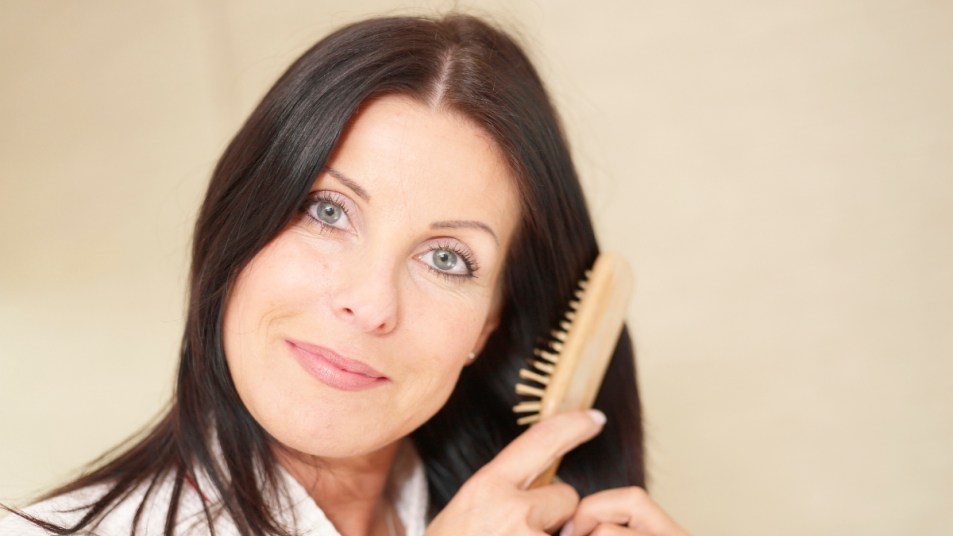
When I entered my late 40s, my usually nourished locks suddenly began to turn dry and dull — especially at the ends. I lamented to my #BeautyTok-obsessed daughter about the sudden onset of brittleness, and her response was, “Mom, you need a hair mask.” My first experience with hair masks was my mom cracking open a jar of mayo and painstakingly saturating her hair with the greasy condiment — definitely wouldn’t consider that slimy treatment one of the best hair masks out there. It’s hard to forget its disgusting look and smell as she slathered it on and told me how hydrating it was.
Why should you use a hair mask?
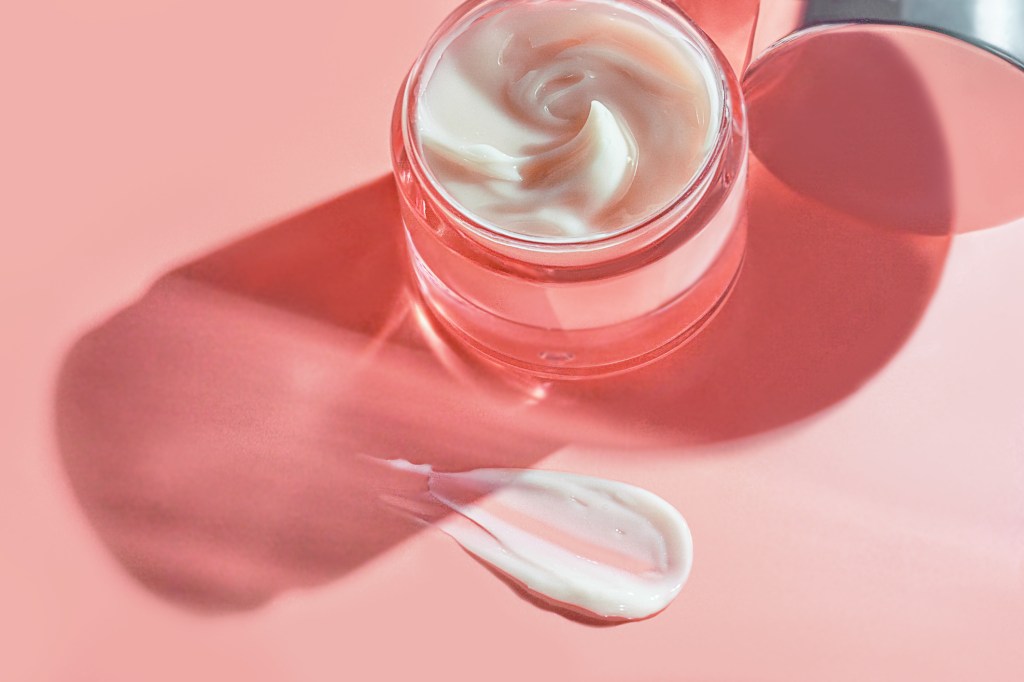
Hair masks have thankfully come a long way since the ’80s and ’90s. These days, you can still DIY (maybe pass on the mayo) or buy the best hair masks from a variety available in stores. While my mom may have been on the right track regarding the oils and amino acids in mayo being hydrating and healthy for the hair, modern-day hair masks smell and feel much better when applied and won’t leave a greasy residue. “Hair masks are essentially intense conditioners with more concentrated levels of oils, butters and plant extracts to preserve and improve the health of your hair and hair follicles,” says New Jersey hairstylist Kristina Maccaro.
“The main job of a hair mask is to moisturize, repair and strengthen your hair, addressing specific concerns such as dryness, damage, frizz or the longing for that extra shine. It’s the pampering session your hair needs to look and feel its best,” adds celebrity hairstylist Robin Emtage, who has worked with Susan Lucci and Diana Ross.
Hair masks offer specialized care, delivering essential nutrients and moisture that regular daily care might not provide. Says Emtage. “They leave hair softer, shinier and more manageable, making them an indispensable part of a hair care routine for those with specific concerns about the health and appearance of their hair — especially people with dry, damaged or over-processed hair.”
How do you determine the best hair masks for you?
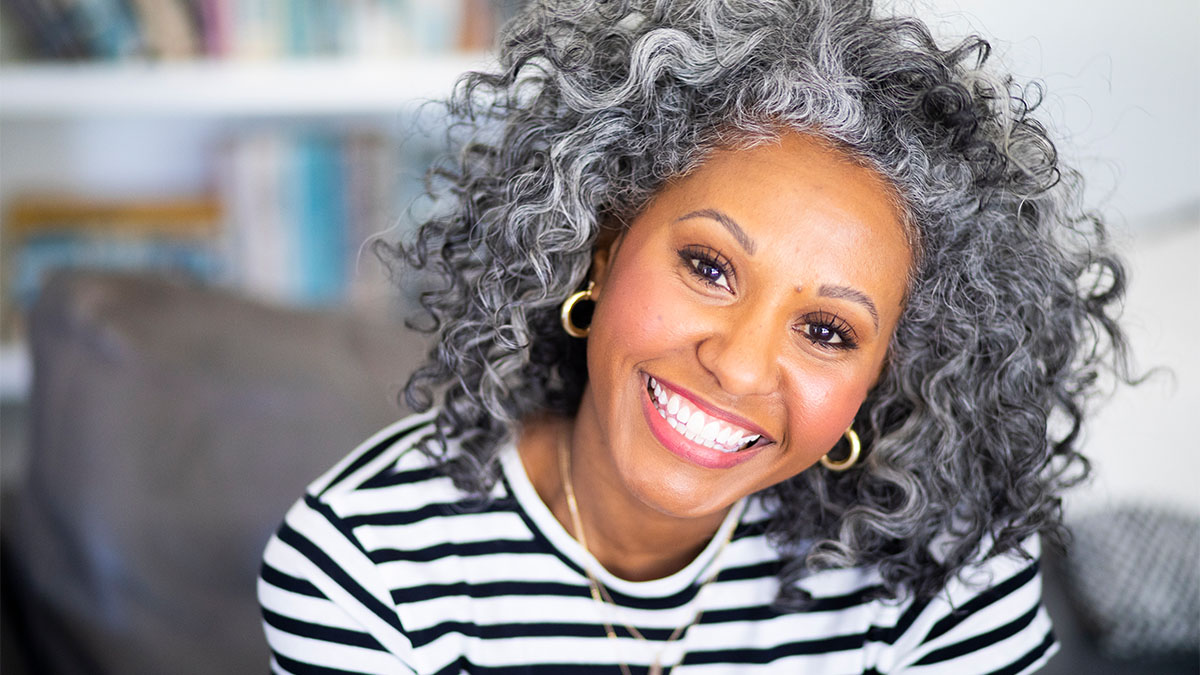
The first step is finding your best hair masks is determining your hair type. Maccaro says it all boils down to four essential factors: hair type, hair diameter, hair porosity and your scalp’s health.
Hair type
Determining your hair type is as easy as looking in the mirror. “This is essentially the appearance of your hair, with the main categories being straight, wavy, curly, tight curls or undefined coils,” explains Maccaro. Each hair type has different needs, so once you identify your hair type, you can identify what you hope to achieve with your hair mask. “For example, curly and coily hair is naturally drier than straight hair and requires a hair mask for moisture and hydration.”
Hair diameter
Fine, medium and coarse are the three main diameters for hair. To determine your hair’s diameter, take “one strand of it and rub it between your forefinger and thumb. If you don’t feel anything, you have fine hair. If the hair between your fingers feels like a thin string, your hair is medium. If your hair feels thick between your fingers, then your hair type is coarse,” says Maccaro. “The coarser your hair stands, the more moisture your hair will need.”
Porosity
Whether your hair is porous makes a difference, too. “Your hair’s porosity is low, balanced or high. Hair with low porosity typically takes a long time to air dry or heat dry, while hair with high porosity dries quickly. Hair with higher porosity will require extra moisture and hydration,” she says.
Scalp health
The health of your scalp also plays a significant role in determining your hair mask needs. “If your scalp is dry and itchy, and your hair tends to feel dry and break easily, you most likely have a dry scalp. This results from a lack of natural sebum or oil production,” states Maccaro. “If your hair feels oily naturally, you most likely have an overproduction of sebum. Your scalp health is average if you don’t struggle with either of those issues. Both dry and oily scalps will have different needs from a hair mask,” she explains.
After you determine your hair type, you’ll be able to identify the needs of your hair better, making hair mask shopping much more straightforward.
What to look for in a best hair mask
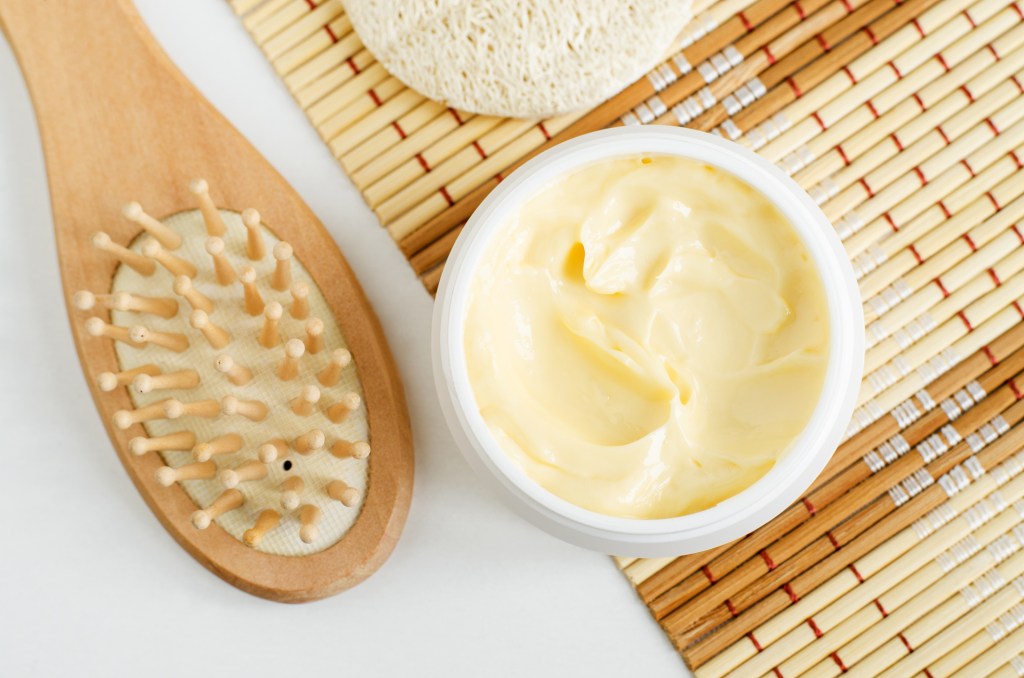
You’ll want your mask to have these key ingredients to maximize its effectiveness:
Water: In many hair masks, water is the first ingredient because, for obvious reasons, it’s the most hydrating ingredient.
Oils and butters: Oils such as argan, olive, jojoba, grapeseed, coconut and castor, and butters like shea, are almost always found in hair masks. “These oils and butters will either sit on the outer layer of the hair to protect it or penetrate the hair shaft to impart moisture and nutrients to the hair strands,” says Maccaro.
Protein: Many hair masks are developed with protein to help repair hair after chemical damage, heat damage or other structural damage from styling. But be wary of using protein-based masks regularly as there is such a thing as over-proteinizing the hair (which leads to dry, brittle hair), warns Maccaro.
Humectants: Humectants like hyaluronic acid, glycerin and honey are excellent mask ingredients because they “pull moisture from the environment into the hair, making them a natural way to boost your hair’s hydration,” says Maccaro. They also help the hair retain its moisture, improving elasticity and preventing breakage.
Silicones: Silicones are standard in hair masks because they act as a barrier between the hair and the environment, helping to smooth the hair shaft and prevent dryness. However, not all silicones are created equal. “It’s essential to look for water-soluble silicones over non-water-soluble silicones,” shares Maccaro. “Non-water-soluble silicones cause buildup on the hair over time (because they cannot be dissolved with water) and essentially suffocate the hair strand, leaving it dry, flat and oily,” she explains.
How often should I use hair masks?
Experts advise a weekly mask treatment or every 2-4 washes. Maccaro says to shampoo or clarify your hair first, then apply the mask to your clean, damp hair. Leave in for 10 minutes and rinse thoroughly — no need to use a daily conditioner afterward. However, Emtage warns that overuse can lead to product buildup, so find a schedule that works for your hair.
Pro Tip: For added benefits for dry, damaged, curly or low-porosity hair, “try sitting under a hair dryer with the conditioner on for about 20-30 minutes, or cover your hair with a plastic cap and wrap it with a towel for a few hours. This helps the conditioner penetrate deeply into the hair shaft, maximizing its effectiveness,” advises Emtage.
What are the best DIY hair masks?
Here, our favorites, no mayo included!
Best hair masks for thinning hair: Try a castor oil mask
Castor oil’s antioxidants increase circulation to the scalp to deliver growth-encouraging nutrients to hair follicles. Plus, its linoleic acid deeply hydrates and plumps strands so they look fuller by morning.
How to use: Apply 1 Tbs. of castor oil to the scalp and hair, then cover with a shower cap; rinse in the a.m.
Best hair masks for dull hair: Try an avocado mask
The fruit’s vitamin E seals hair’s cuticle so it lies flat, allowing more light to reflect off it for a beautiful sheen that adds depth and dimension to boot.
How to use: Combine 1 mashed avocado with 2 Tbs. of olive oil (its oleic acid further boosts shine). Apply to damp hair evenly from roots to ends, then rinse after 20 minutes.
Best hair masks for wiry grays: Try a coconut milk and honey mask
The older we get, the less hair-hydrating natural oil our scalp produces, making already dry, gray strands feel even coarser. To the rescue: a coconut milk and honey hair mask. Coconut milk’s fatty acids penetrate the hair to restore moisture and soften strands, while its vitamin E seals the hair’s cuticle for added shine. Humectant honey further conditions tresses so they’re soft and shiny.
How to use: Mix ½ cup of honey and 1 Tbs. of coconut oil (its lauric acid hydrates). Apply to damp hair from the ears down; rinse after 15 minutes.
Best hair masks for weak strands: Try rice water
The amino acids and protein in rice water penetrate the hair shaft to mend damage and strengthen strands from the inside out, while its hydrating vitamin E content restores moisture to dried-out locks for a youthful, healthy sheen. Bonus: The starchy water also seals hair’s cuticle, so you’re less likely to deal with pesky frizz or flyaways! And click through to learn how rice water can also reverse thinning.
How to use: Soak ½ cup of uncooked rice in 2 cups of water for 30 minutes. Then, strain the water into another bowl and pour the liquid onto damp hair from roots to ends. Let it sit for 5 minutes before rinsing it out with clean water. Repeat once a week or as needed.
The 4 best in-store hair masks for all hair types
If you decide DIY hair masks aren’t worth the hassle, you can stock up on expert-approved ones suitable for various hair types.
The best hair mask for dry hair

COLORWOW Money Mask (Buy from Colorwow, $45)
Jennifer Lopez’s stylist Chris Appleton has his own mask with COLORWOW — it’s a cult favorite and an award-winner. It provides one-step prep for healthy hair without a waxy buildup. Plus, who doesn’t want locks like J-Lo’s?
The best hair mask for damaged or color-treated hair
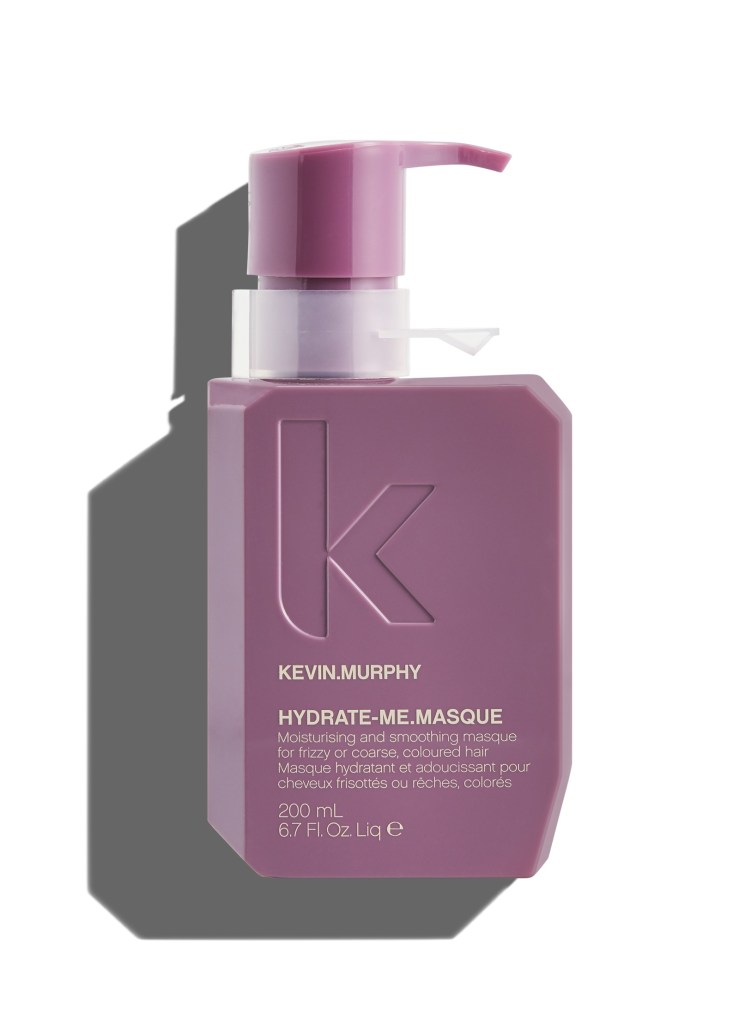
COOL.ANGEL Hydrate-Me.Masque by KEVIN.MURPHY (Buy from Kevin.Murphy, $46)
If your hair is damaged, “look for masks with ingredients that repair and strengthen, such as keratin or protein,” advises stylist Ryan Sanger, owner of Hair Lingerie the Studio.
Maccaro likes this one, which not only nourishes hair but also deposits cool blue pigments that help counteract any unwanted warm tones for brunettes who find that their hair turns brassy too quickly after coloring (similar to purple shampoo for blondes).
The best hair mask for curly hair

Allyoos Juice Drench (Buy from Allyoos, $30)
For those with curly hair, “select hair masks that enhance curls and provide extra moisture since curly hair tends to be naturally drier,” advises Sanger.
This one is a clean weekly hair mask that nourishes, softens, hydrates, adds shine and brings out your hair shape — without conventional hair mask ingredients’ weight and greasy coating.
The best hair masks for fine/thin hair
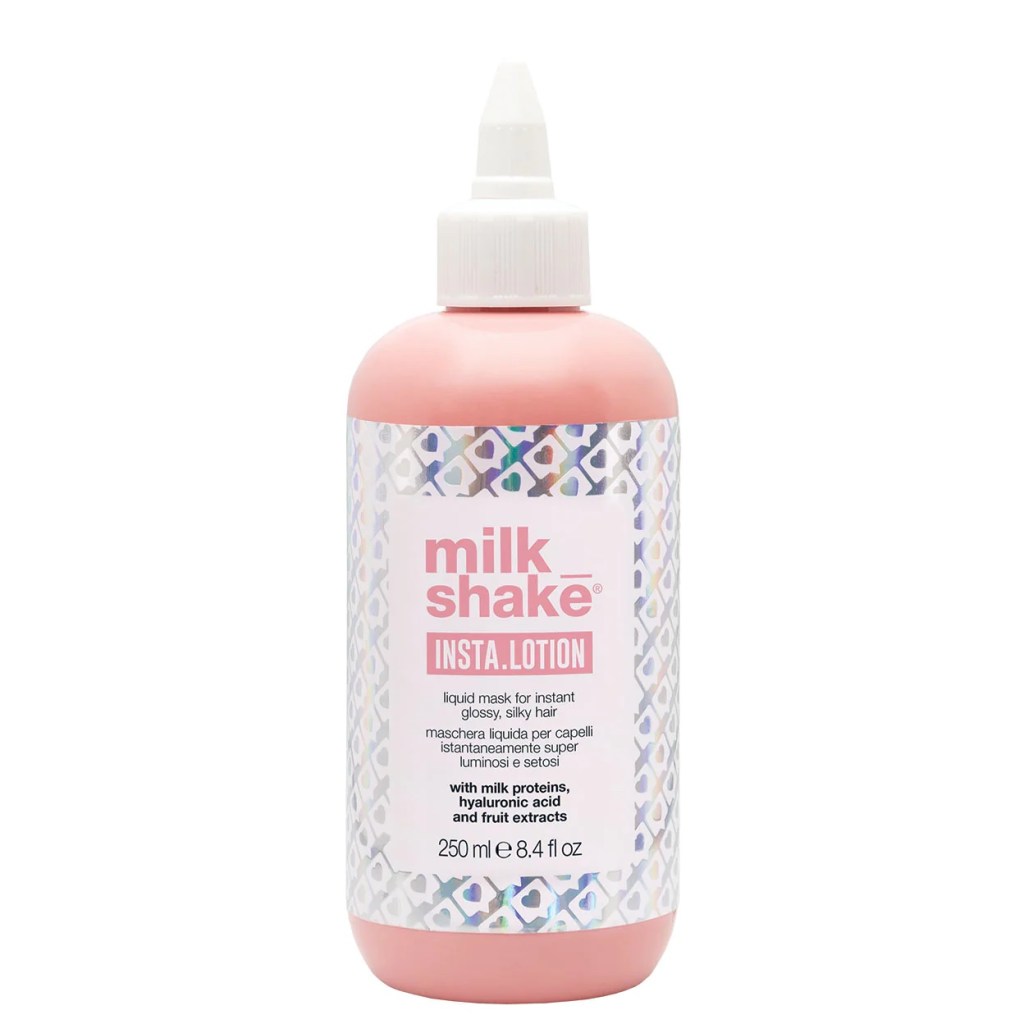
Milk_shake insta.lotion (Buy from Milk_shake, $29)
If you have fine hair, “opt for lightweight masks that won’t leave any residue, ensuring your hair remains light and voluminous,” suggests Sanger.
Milk_shake’s insta.lotion utilizes milk proteins, hyaluronic acid, lemon and blueberry extracts to hydrate and detangle the hair in just a few seconds without weighing it down.
For more hair care tips and tricks, click through these stories:
This $9 Skin Care Tool Is Study-Proven to Help Hair Grow in Thicker and Lusher
Scalp Brush Benefits: How This Inexpensive Tool Can Help Regrow Thinning Hair
This Wavy Hair Routine Ensures Hair Looks Thick, Full and Bouncy Longer After Washing


















